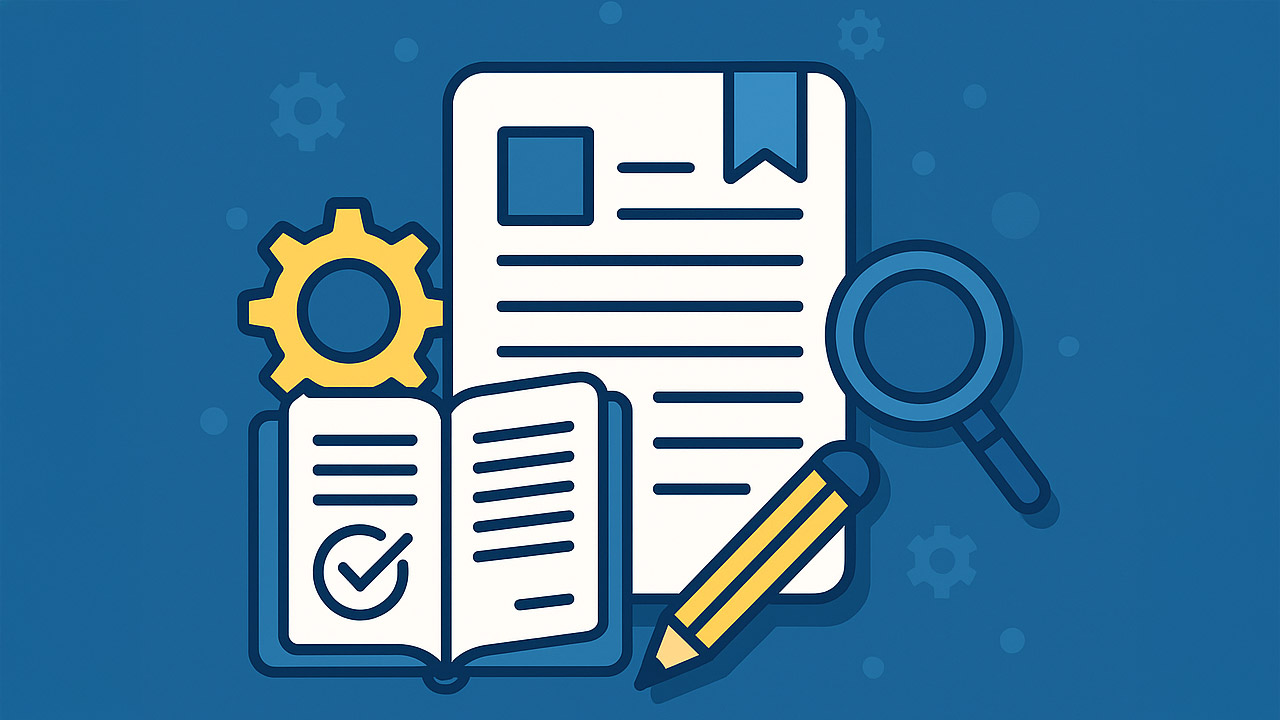Mergers and acquisitions are surging across industries. In 2021, global M&A volumes reached $5.8 trillion in value—a record high and a 64% increase from the previous year. Nowhere has this trend been felt more than in the managed service provider space.
The pandemic accelerated the demand for services provided by MSPs, and in response, M&A activity is surging. Recurring and predictable revenue, low churn, and growing margins make MSPs the perfect asset type.
With M&A levels on the rise in 2022, MSPs with acquisitions in their future need to streamline their IT documentation to ensure a smooth process. However, documentation is often an afterthought for technicians who are already overwhelmed with daily tasks and an increasing number of tickets. But executing an M&A process without proper documentation not only leads to wasted time and reduced productivity, it also places organizations at a disadvantage with potential investors if their house is not in order.
Introducing automation and a centralized documentation system enables organizations to simplify routine tasks, eliminate inaccuracies, and increase operational efficiency.
Lack of Documentation Leads to Wasted Time
During M&A deals, business leaders often struggle to merge completely separate systems, organizational structures, technologies, internal processes, and cultures into a single company that can seamlessly run post-acquisition. It’s no surprise that integrating the locations, services, site, and client information of two different organizations is a time-consuming and complex challenge.
Navigating the M&A process is even more difficult if companies don’t have proper documentation before merging. A lack of standardized documentation leads to inconsistent and unstructured processes. Without a centralized repository or accessible knowledge about where various resources live, employees are forced to waste time searching for files or asking for help. Post-merger, it’s essential that staff have immediate access to information like org charts, personnel files, passwords, job responsibilities, communication systems, and technologies.
By investing in automated documentation, employees will benefit from better time management and be able to focus on more valuable work, post-acquisition.
Automation Boosts Operational Efficiency
A streamlined M&A process starts with having the organization’s information documented in a structured and automated way. With a complete understanding of how the entire IT infrastructure supports core business services, the organization can run smoothly, without disruption.
Turning ad hoc “know-hows” and best practices into accurate, structured, and centralized processes saves time across the entire organization because it ensures essential tasks and business processes aren’t interrupted. Additionally, granular permissions and audit trails give the MSP confidence that sensitive data is restricted to only the assigned users. It provides traceability and access control so there is transparency about who is using passwords, and accessing and updating documentation—allowing everyone to be on the same page.
Additionally, structure and standardization are key to setting up automation. Standardizing the way a technician updates and consumes information enables technicians to accurately determine the information they need to provide, how it needs to be documented, what it should look like, and whether the data they input is complete. It’s also important to ensure that the documentation system integrates with the tools currently in use, and to leverage as many of those integrations as possible. Verifying that the documentation has an open API and an automated documentation engine can take automation to the next level.
By investing in proper documentation processes and automation, organizations can:
- Streamline routine tasks, save time, and minimize errors and inconsistencies. Automated roadmaps for routine tasks results in more efficient workflows and more productive employees, plus faster service times for clients. And automation helps ensure accuracy—which is key for operational efficiency post-acquisition.
- Gain a centralized source of information and improve employee experience. With automation and software system integrations, the merging companies’ siloed documentation systems and tools can be easily integrated into a single source of information. A centralized solution also unlocks visibility to understand who is using which passwords, and accessing and updating documentation. This ensures employees have access to the right tools and passwords they need to be successful.
- Improve training infrastructure. Training employees and new hires—especially during an M&A deal—is time-consuming and difficult. Unifying how people work and access systems is critical to employee and organizational success post-acquisition. By giving staff access to a centralized documentation system, organizations can minimize training time and increase operational efficiency. Instead of seeking out guidance from busy co-workers, new technicians can rely on step-by-step processes. Well-documented standard operating procedures help teams understand new internal processes and how to best deploy and support technologies for clients.
Gain a Competitive Edge
Maintaining a competitive edge throughout the acquisition process is impossible without proper documentation. For a successful and streamlined M&A deal, MSPs need to introduce automation into their documentation processes. An automated documentation system with integrations helps MSPs reduce manual tasks and ensure technicians know how to document properly. With a standardized and centralized solution, organizations can ease the transition for their employees and ultimately increase productivity and accuracy.
NADIR MERCHANT is the general manager, IT operations products, for Kaseya. He leads product strategy and delivery for the company’s IT Glue, BMS, and myITProcess. He is also head of product for IT Complete, which ensures all Kaseya products are workflow integrated to work together seamlessly, and Kaseya One, which radically transforms the way IT is done with its role-based single pane of glass. Nadir brings to Kaseya a history of technical leadership and software development experience. Prior to joining the company, he was the general manager and chief technology officer for IT Glue, which Kaseya acquired in 2018.













